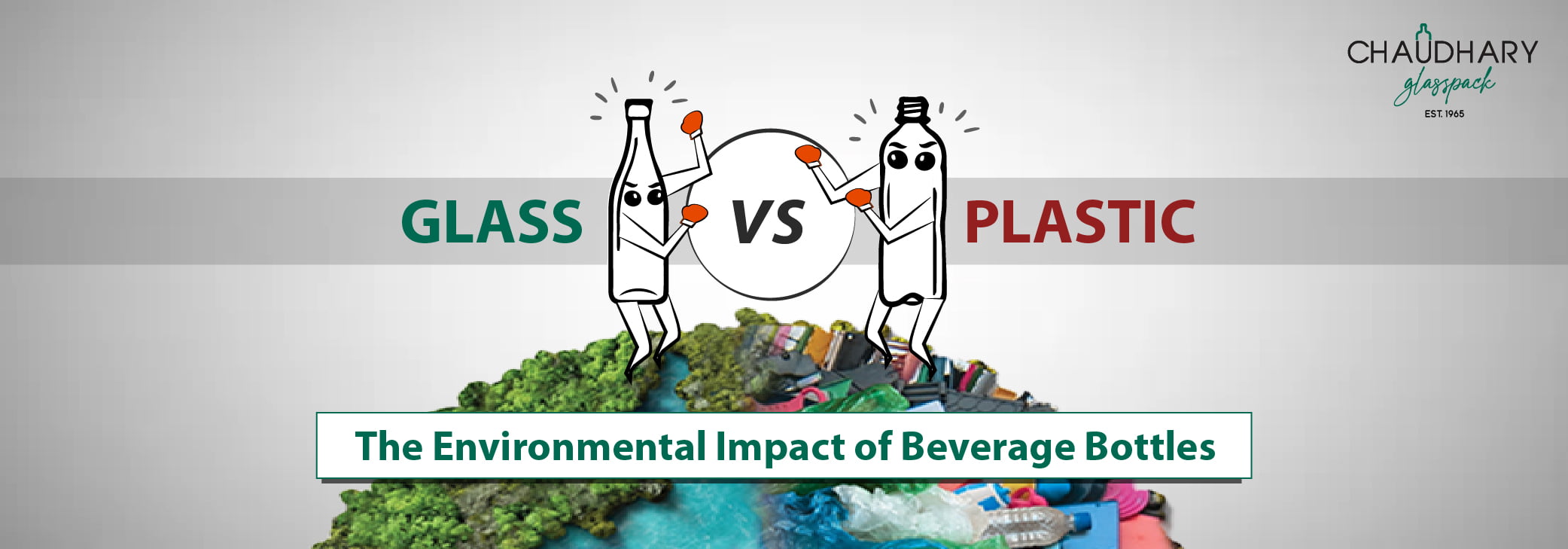Glass vs. Plastic: Exploring the Environmental Footprint of Beverage Bottles

In today’s world, where environmental concerns have reached unprecedented levels, the choice between glass and plastic beverage containers has become a critical decision that extends beyond mere packaging preferences. This choice significantly influences both the health of our planet and our daily lives. Each material—glass and plastic—brings its own set of environmental implications that span from production to disposal, affecting ecosystems, carbon footprints, and waste management systems.
Glass has long been celebrated for its timeless quality and environmental credentials. Known for its recyclability, glass bottles are often perceived as an eco-friendly choice. They are chemically inert, which means they don’t leach harmful substances into their contents, making them a trusted option for sensitive products like medicines and fragrances. Additionally, glass can be endlessly recycled without losing quality, contributing to a closed-loop recycling system that reduces the demand for virgin materials and mitigates waste accumulation. However, glass also presents challenges, such as its weight and fragility. The heavier nature of glass bottles increases transportation costs and emissions, potentially offsetting some of its environmental benefits. Breakage during handling and shipping also leads to additional waste and resource consumption.
On the other hand, plastic bottles have become ubiquitous in modern beverage packaging due to their lightweight, durability, and versatility. They are easier and cheaper to transport, and their shatterproof nature reduces breakage-related waste. Advances in plastic manufacturing, such as PET (polyethylene terephthalate), have improved recyclability and allowed for repurposing into a range of products. Despite these advantages, plastic faces significant criticism for its environmental impact. The production of plastic relies heavily on fossil fuels, contributing to greenhouse gas emissions and climate change. Plastics decompose slowly, taking hundreds or thousands of years to break down, during which time they can harm wildlife and ecosystems. Moreover, plastic recycling has proven to be a complex and resource-intensive process, with many bottles still ending up in landfills or incinerators, releasing pollutants and further degrading the environment.
As both glass and plastic industries strive to reduce their environmental footprints, they have introduced innovations to address these issues. Glass manufacturers are implementing lightweight techniques to reduce transportation emissions, while plastic producers are focusing on enhancing recyclability and developing biodegradable alternatives. Yet, the debate between glass and plastic remains unresolved. The decision between the two materials is influenced by a range of factors, including consumer preferences, supply chain logistics, and environmental considerations.